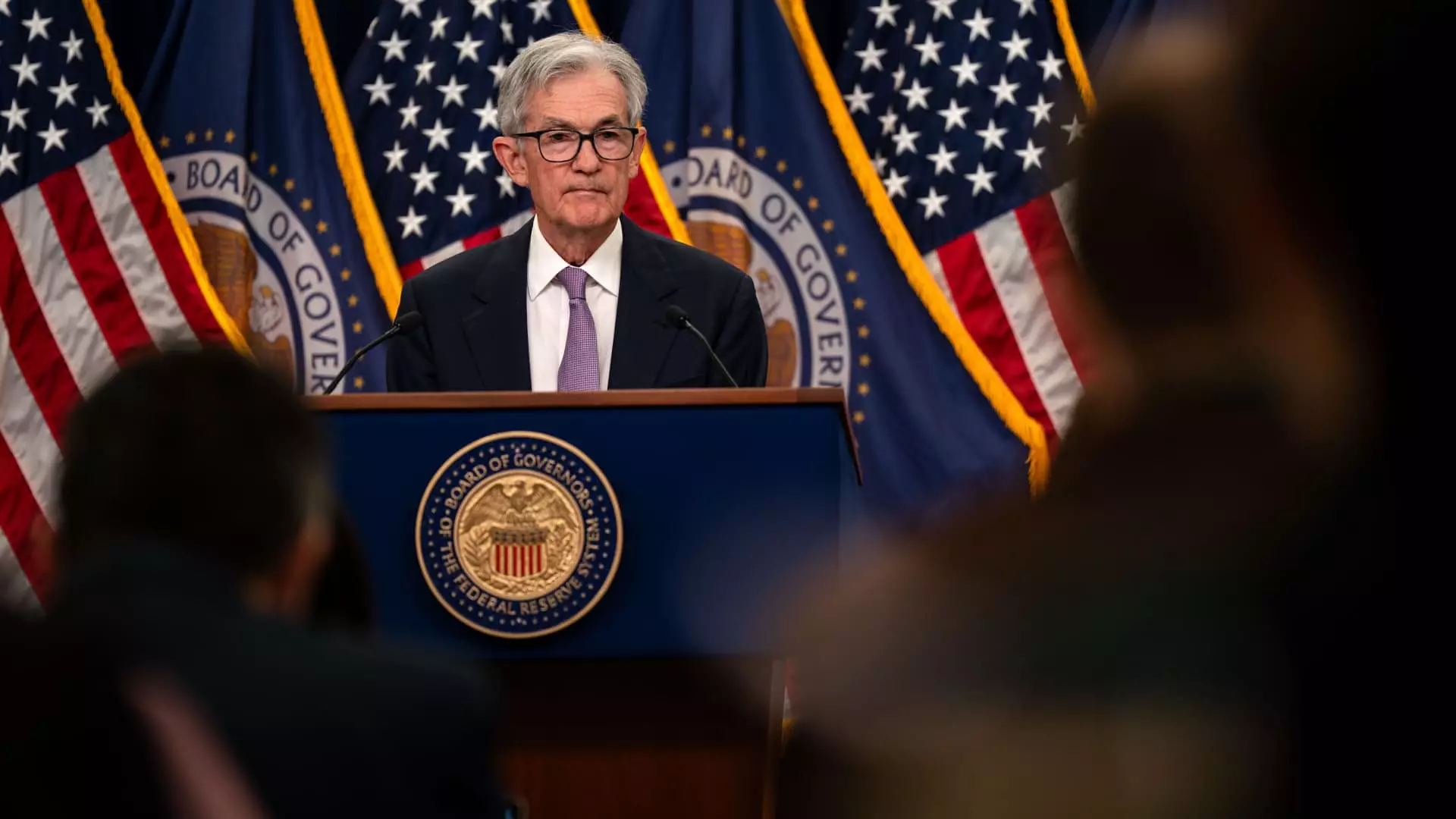In an era marked by fluctuating economic conditions and emerging political dynamics, the Federal Reserve’s recent policy discussions illuminate the complexities of monetary policymaking. The minutes from the Fed’s December meeting reveal a cautious stance among officials, especially in light of anticipated shifts under President-elect Donald Trump. This article delves into the deliberations of FOMC members regarding inflation, trade, immigration policy, and the overall economic outlook.
As inflation concerns escalate, Federal Reserve officials find themselves navigating uncharted waters. The latest readings indicate core inflation levels above the Fed’s target of 2%, further complicating the institution’s task of maintaining economic stability. At 2.4% in November—an uptick that surprises many—hedging against inflation has become paramount. FOMC members highlighted that the risks associated with inflation are leaning towards the upside, exacerbated by stronger-than-expected economic activity.
Despite recent cuts to interest rates, the uncertainty surrounding future inflation trajectories necessitates a prudent approach. The Fed has decreased benchmark rates to a target range of 4.25%-4.5%, but the frequency and magnitude of future cuts have been curtailed significantly. The marked reduction in expected cuts for the coming years—from four to two—reflects a circumspect attitude toward impending economic conditions. This hesitance indicates not only a response to the current economic landscape but also a growing acknowledgment of the unpredictable impact of geopolitical shifts, particularly those associated with new trade and immigration policies.
The political landscape created by President-elect Trump introduces volatility into the economic equation. While Federal Reserve officials did not directly reference Trump, their discussions unmistakably indicated concern over the ramifications of his proposed policies on trade and immigration. With ambitious plans involving tariffs on key trading partners such as China, Mexico, and Canada, predictability in international trade is called into question. This uncertainty extends to broader economic implications affecting inflation, consumer confidence, and business investment.
FOMC members unanimously recognized the need for caution, stating that the implications of potential policy changes warrant a careful reassessment of monetary strategy. The ambiguous nature of Trump’s upcoming policies introduces a layer of unpredictability into the Fed’s decision-making process, making it crucial for officials to remain vigilant and adaptable.
Despite inflation worries and external economic pressures, the labor market remains robust. With indicators of steady job growth and resilient consumer spending, a solid employment landscape fuels economic confidence. The minutes reflected that many participants view the labor market as an anchor of stability, which can uphold consumer spending momentum in the face of inflationary pressures.
However, the interplay between labor market trends and policy changes adds another dimension of complexity. Should aggressive measures in immigration result in labor shortages or shifts in workforce demographics, the broader implications for economic performance could be substantial. Thus, the Fed must remain cognizant of these dynamics as it contemplates its policy path moving forward.
A Gradual Path Forward: The Approach to Policy Rate Adjustments
In the face of ongoing uncertainties, the Federal Reserve’s recent actions signal a transition to a more deliberate approach to monetary policy. The minutes from the December meeting underscored a consensus among members that the central bank was nearing a neutral stance—one that balances inflation and employment with broader economic objectives.
Jerome Powell, the Fed Chair, metaphorically likened the economic navigation to “driving on a foggy night.” This illustrates the need for a cautious pace in policy adjustments, ensuring that potential adverse effects of rapid changes are thoroughly assessed. As various factors could significantly reshape economic landscapes, the Federal Reserve appears ready to prioritize a methodical and measured approach over ambitious, sweeping reforms.
As the Federal Reserve contemplates its future policy decisions, one theme remains clear: the path ahead is fraught with uncertainty. The complex interactions between inflation, labor market health, and the political arena will significantly influence the decisions made by policymakers. With an emphasis on a gradual approach to adjustments, the Fed is poised to assess evolving economic conditions more closely. In doing so, they hope to navigate the intricacies of an economy undergoing significant transformation while maintaining stability and growth.

